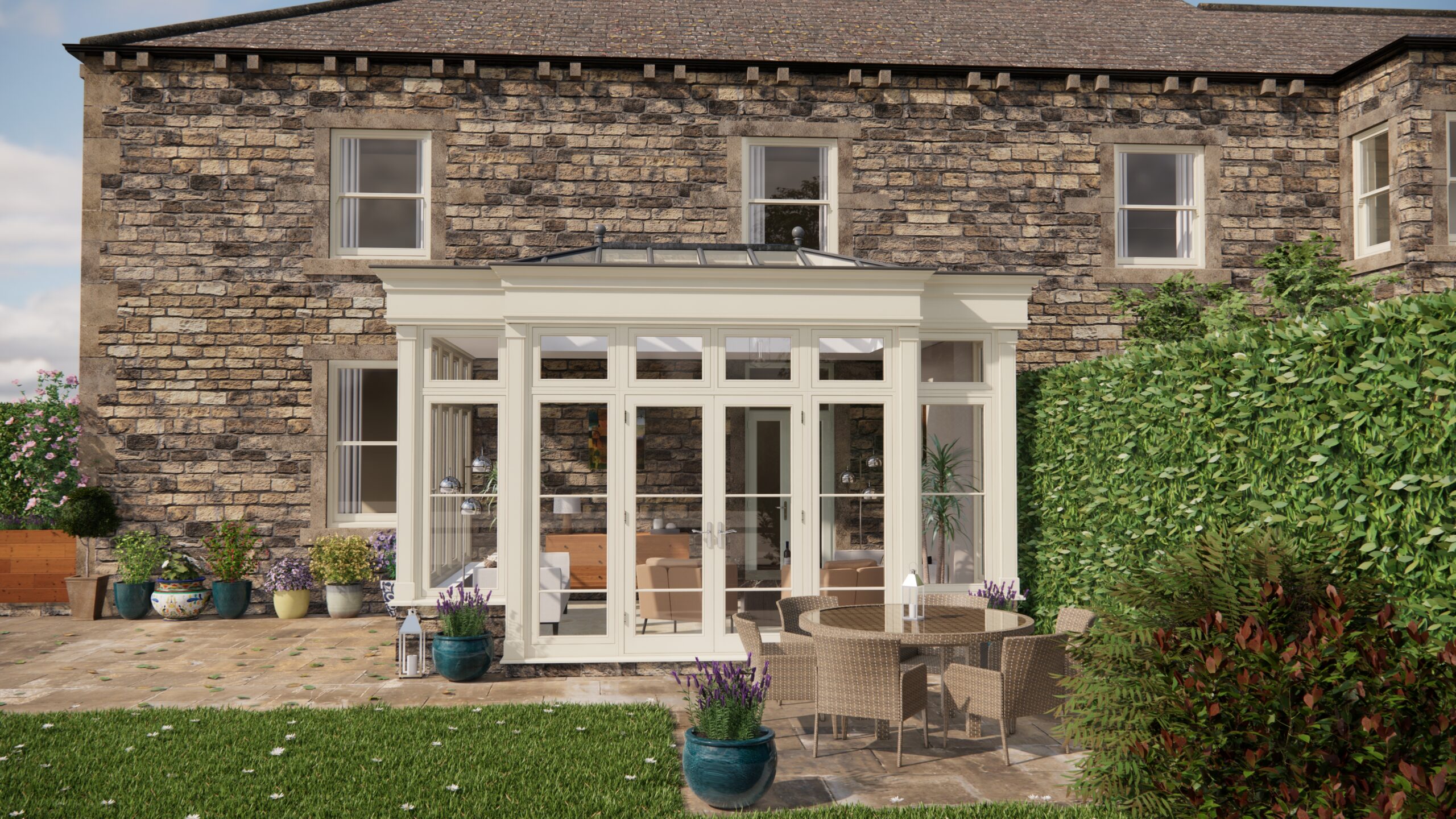Right, so, as a writer focusing on wellness and creating optimal home environments, especially for things like exercise and relaxation, I’ve been diving deep into a crucial area: soundproofing. You see, all the yoga and meditation in the world are hard to enjoy when you’re constantly battling noise pollution seeping in from outside. My latest piece, ‘Beyond the Walls: Addressing Noise from Outdoor Sources for a More Peaceful Home,’ really opened my eyes, and I want to share some of that journey with you. It’s all about minimising noise pollution so you can enjoy better sleep and deeper relaxation.
Initially, I hadn’t fully appreciated just how much external noise impacted my well-being. The constant hum of traffic, the occasional construction nearby, even just neighbourly chatter… it all adds up. And it’s incredibly detrimental to creating that zen-like home space we all crave. My research started with understanding the sources of the noise. Identifying those culprits – the busy road, the distant train line – is the first step in combating them. Once you understand where the noise is coming from, you can then start to implement some mitigating strategies.
My piece delves into creating a ‘buffer zone’ around your property. Think of it as your first line of defence against the auditory onslaught. One powerful tool is soundproof fencing. Now, I’m not talking about your standard garden fence. Properly constructed soundproof fencing uses dense materials like concrete or layered wood, specifically designed to absorb and deflect sound waves. The height of the fence is critical too; it needs to be tall enough to effectively block the noise path. Before you rush off and get one make sure that a fence of that height is allowed in your area.
Landscaping plays a surprising role as well. Strategically planted dense shrubs and trees can act as natural sound barriers. Think thick hedges, rows of evergreen trees, even clever arrangements of raised garden beds. The density of the foliage helps to absorb and scatter sound waves, making a noticeable difference. It’s not just practical; it adds to the aesthetic appeal of your garden, creating a more tranquil environment overall. Imagine doing your yoga surrounded by lush greenery that’s also silencing the world outside – bliss!
However, exterior noise is often entering directly through your home’s windows and doors. That’s where window upgrades come in. Single-pane windows are notoriously poor at blocking sound. Upgrading to double- or triple-glazed windows with a good acoustic rating can significantly reduce noise transmission. Look for windows specifically designed for soundproofing. They often feature thicker glass and specialised seals to create an airtight barrier. If completely replacing your windows isn’t feasible, consider adding acoustic window inserts. These are basically secondary panes of glass that fit inside your existing window frames, creating an extra layer of sound insulation.
Similarly, sealing gaps around doors and windows is crucial. Even small cracks can let in a surprising amount of noise. Use weather stripping and acoustic sealant to close up any gaps and create a tighter seal. A heavier, solid-core door also makes a noticeable difference compared to a hollow-core door. It’s like the quiet luxury car manufacturers use, the weight helps to keep the noise down. Remember to also seal around the door frame to prevent noise leaking around the edges. You can also get thermal curtains that are dense and help to dampen the sound coming in from outside. These are great for bedrooms or where the noise is most noticeable.
Thinking about the connection to wellness and home use, an orangery really embodies the concept of bringing nature and serenity together. The large windows invite natural light, which is fantastic for mood and energy levels, perfect for a morning yoga session. But, by applying these soundproofing techniques – strategically placed plants outside, high-quality glazing in the orangery’s windows – you can transform it into a true sanctuary. A peaceful space where you can exercise, relax, and reconnect with yourself, shielded from the stresses of the outside world. Just imagine that the kids are playing noisily indoors but you can still get a good workout in the relative tranquility of the orangery.
In all, creating a quieter home environment involves a multi-faceted approach. Identifying the source of the noise, building that buffer zone with fencing and landscaping, upgrading windows and doors, and sealing any gaps – these are all key components. All of it combined with other factors can really make a difference. While a full soundproofing overhaul might seem daunting, even small changes can have a significant impact. Each improvement you make contributes to a more peaceful and relaxing home, ultimately enhancing your well-being and making your space a true haven from the noise of the world.


